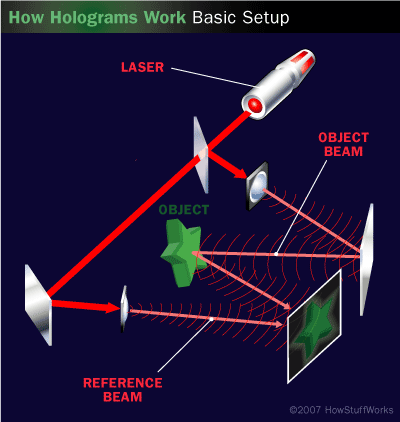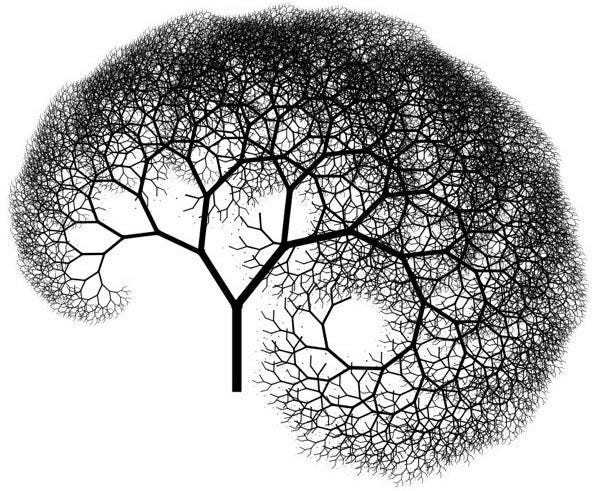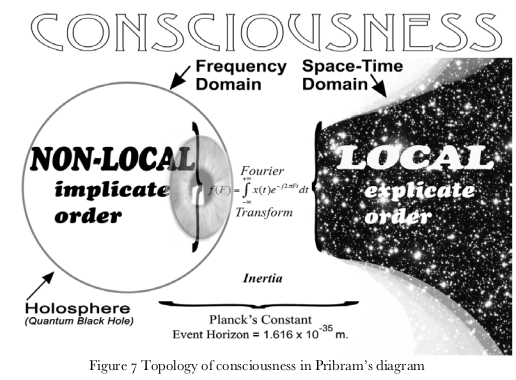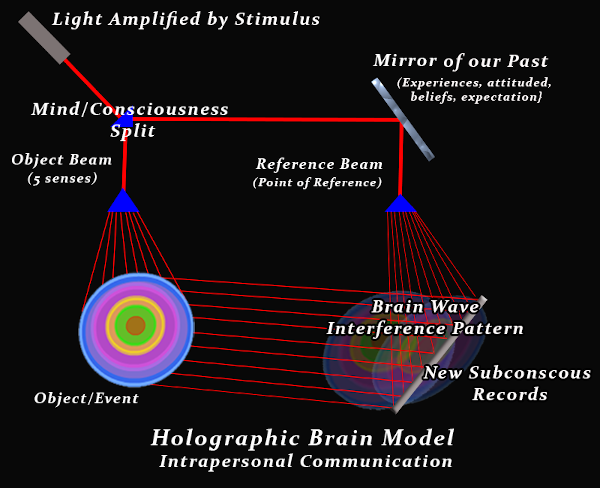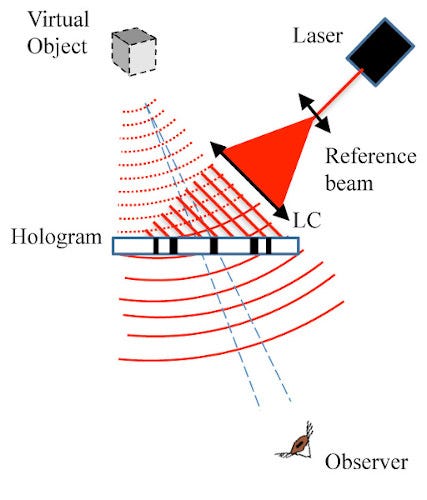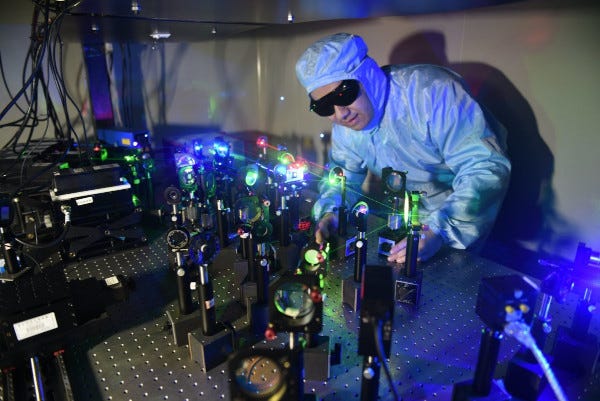alkimist | In the Tabula Smaragdina, the oldest of Arian Writs, we find the following significant words cut in the emerald: "Combine the heavenly with the earthly in accordance with the Laws of Nature, and health and happiness shall be yours as long as you live." Only the finest elements should be mated and blended if one wishes to obtain each time a finer and higher product. To mate, means to unite and to stimulate two opposites, the positive and the negative. The negative attracts the positive and the latter is drawn to the negative. Sunlight, which is positive, fertilizes the negative grain seed in the womb of the
earth. A constant exchange of emissions between the positive atmosphere and the negative geosphere brings the seed to life. In this case it can be truly said: "She partly drew him down, he partly let himself sink." (Goethe: The Ballad of the Fisherman)
Union between the offspring of the earth and the descedants of the sun gives rise to life in the physical realm which is directed by the Etheric forces. The latter, on the other hand, have their own higher counterpart. The negative offspring of the earth capture the positive descendants of the sun and this pro-
duces a constant automatic movement. In the spring of the year, when the temperature and light conditions are relatively favorable, the positive rays of the sun (light) induce germination in the negative grains or seed. Therefore, to combine, means to stimulate and produce various gradients of potential. This in turn produces movement which is the very basis of life, so that everything is in constant flux (panta rhei).
Although the world is animated by a single universal force, this force can be divided into two contrasting elements — the pressure component, and the suction component. In this case, Nature's dipolarity expresses itself in the form of two different exit types of motion. Each of these types manifests itself through certain specific phenomena and represents one of the two components of the force which animates and activates the whole universe. The secret of the normal and good life con-
sists of achieving the proper balance or blend of these two components. (see "Tabula Smaragdina". This is pure Cabala.
All occult science, East and West, bases itself on this principle, Chokmah and Bina, Osiris and Isis, Orpheus and Eurydice.
The whirling Hooked Cross, the Swastika, is the symbol. Revolving counter-clockwise, centrifugal, it is negative. Revolving clockwise, centripetal, it is positive.)
USE CENTRIPETENCE TO OVERCOME GRAVITY
The pressure component leads to Centrifugence, friction, increased heat and gravitation; while the suction compoment leads to Centripetence, cooling, absence of friction and levitation -- which makes it possible to overcome gravity. While friction may produce even white heat, fire. Centripetence pro-
duces a temperature drop which may reach what is known as the State of Anomaly which, in the case of water, +4° Centigrade.
However, this is possible only if one Uses Schauberger's suction spiral, a device which, on the whole, is still unknown. Each living entity has its specific and characteristic point of Anomaly. This should be understood as the temperature or fever-less condition, that is, the optimum degree of warmth required by its species to develop and proliferate. Until now technology has recognized only one type of motion,
the type which raises the temperature through friction and pressure. Even ancient tribes knew that fire could be produced by rubbing together wood or stones; but it took Viktor Schauberger to discover a new type of motion producing not heat, but a temperature drop, reaching at times the point of Anomaly.
This can be accomplished by tightly winding or coiling either air or water through a spiral curved channel of special design. In this process the medium — air or water — is drawn almost without friction toward a central point, condensed in a special manner and at the same time cooled. A biological vacuum (negative pressure) is created which, on its part, augments the suction acting on air or water. Until now this possibility has been overlooked in technology, and yet it offers totally new perspectives in regard to energy production. Friction creates in a machine conditions comparable to fever, conditions
which cannot be normal, since they tax materials excessively and burn them out. People and animals do not develop fever because of work. They may get hot but their blood temperature remains relatively
constant. Normal conditions in machinery can be achieved by or through implosion and impansion with the best possible results in regard to the preservation of materials. It would seem obvious that man's duty is not to waste and squander as quickly as he can the resources of the earth, but to preserve and conserve them. Machinery design, therefore, should avoid all material waste and should ensure at the same time durability. Our unscrupulous modern technology and ceonomy, unfortunately, have
been moving in the opposite direction.
THERE ARE TWO WAYS TO GO
The two types of motion which nature employs give rise to the following phenomena:
(a) "Centrifugence" - resistance to friction pressure
temperature rise
biological deterioration
(b) "Centripetence" - absence of friction suction
temperature drop
biological improvement
"Centrifugence", which is a scattering of force, is slowed down by natural causes, because the resistance it encounters grows as the square of its velocity, following the well known formula W=MV2.
Were it not for this fact, matter would risk being destroyed, or would be in danger of being broken up into atoms. The opposite is true of "Centripetence". Its effective force undergoes no deceleration, since there is virtually no friction, and grows, instead, as the square of its velocity.
Centripetence contracts, conserves, condenses and thereforebenefits life. It attracts and absorbs without producing pressure. It is obvious therefore that as a result of the natural laws the effective power of centrifugal motion is never as great as that of centripetal motion, the first being destructive, the
second constructive. Were the destructive force more powerful than the constructive force the universe would not exist. (The Christ is Centripetence. The Anti-Christ is Centrifugence.)
Unfortunately our whole technology has committed the error of choosing the destructive force as a means to its own ends, and this tragic choice of the mode of propulsion and motivation, having completely disrupted the ratios and balance of nature, has brought it to a blind alley. Instead of applying by preference, as nature does, centripetence which permits producing energy almost at no cost, it has done the opposite. This has resulted in an over consumption of raw materials, in an explosion and exploitation of natural resources, until now the very destruction of atoms has been reached.
Centrifugence increases pressure and heat. Centripetence has a cooling effect and generates condensing reactive forces. It never cools beyond the point of anomaly.
